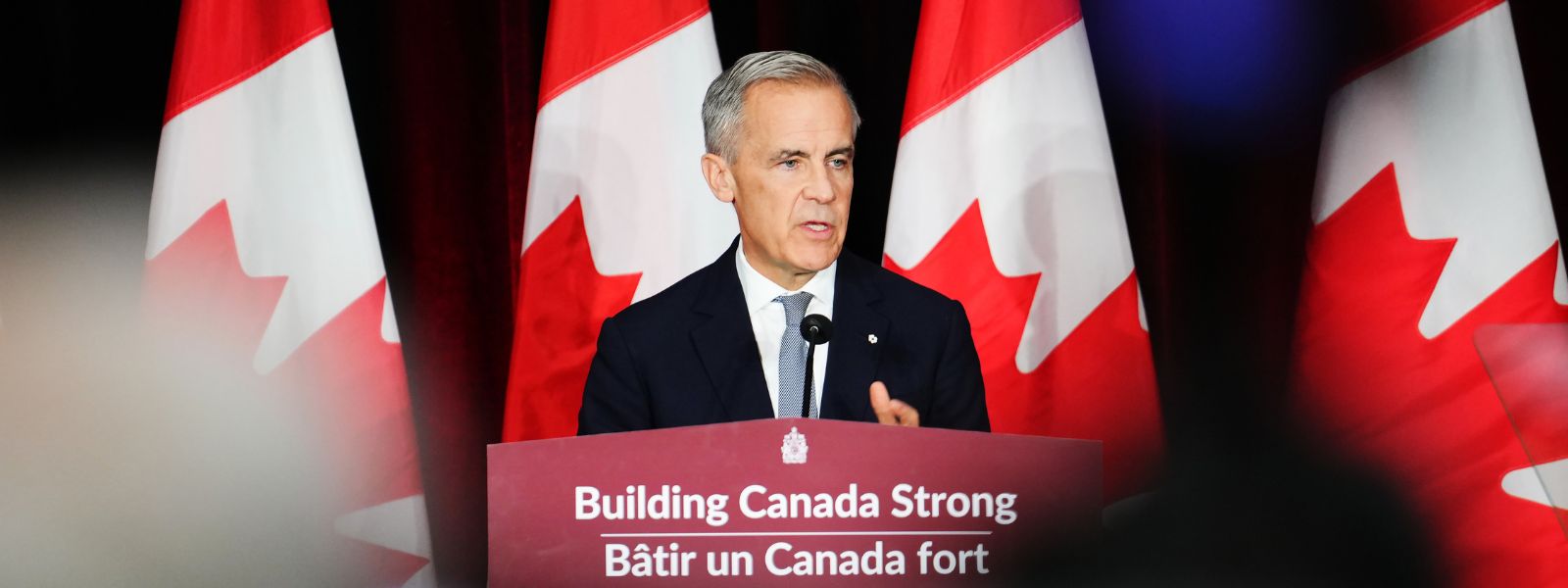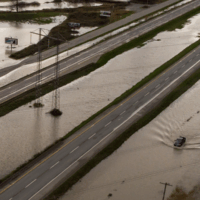This article was previously published in the National Newswatch.
The federal government is set to deliver its budget this week, the first under Prime Minister Carney’s leadership. Among other things, it is expected to include a climate competitiveness strategy that is intended to help Canadian industries compete in a world rapidly turning to clean energy and electric technologies.
The concept points in the right direction. We’ll find out if the budget will deliver.
Canada urgently needs smart policy that will support economic growth while helping businesses reduce emissions and compete in markets beyond the United States. In places like the European Union, the U.K., and China, governments have continued to take strong action that will accelerate the shift to renewables and electric vehicles. Success in these markets will be critical for the prime minister’s goal to double non-U.S. exports over the next decade.
Take just two data points, both from the International Energy Agency.
This year, global investment in clean technologies will be twice as large as fossil fuel investment. That’s a massive change from just a decade earlier when fossil fuel investment outpaced clean energy.
Second, this year more than one in four cars sold worldwide are set to be electric. And that market share is expected to increase to 40 per cent in just five short years.
But what specifically should the federal government do to make Canada’s economy more climate competitive? At the Canadian Climate Institute, we’ve identified a handful of policy improvements that would fortify Canada’s strategy.
First, the government should take steps within its jurisdiction to modernize industrial carbon pricing systems in place across the country. This is a critical action and the details matter greatly here.
Modernizing industrial carbon pricing would mean fixing problems with provincial carbon credit markets that underpin these systems. And it would mean creating certainty around carbon markets for businesses looking to make big investments beyond 2030.
Industrial carbon pricing is the biggest emissions reducing lever the country has at its disposal. Not only that, but this policy is remarkably low-cost for business and amounts to essentially no additional cost for consumers.
Second, Canada can ramp up building bigger, cleaner, electricity grids. Clean electricity is Canada’s natural advantage, but the country needs a lot more of it.
The federal government should build on the effective Clean Electricity Regulations by finalizing its Clean Electricity Investment Tax Credit and support better integration of provincial electricity grids as a top nation-building project in partnership with Indigenous peoples. Doing so offers a smart, cost-effective way to provide more reliable, clean power for industry and decarbonization efforts.
Third, the government should finalize long-standing draft rules that would further cut methane emissions from the oil and gas sector. Oil and gas emissions continue to climb and remain a critical challenge for Canada’s emissions progress. Methane emissions are a remarkably potent greenhouse gas. Reducing them will not only build on the big progress Canada has already made on this file, but it also offers opportunities for Canadian companies that have been leaders in commercializing technologies to manage methane.
Fourth, maintaining a strong electricity vehicle mandate would ensure a wide variety of high-quality products are available for Canadians at lower cost. The current mandate is among the only policies focused on reducing emissions in the transportation sector, which is the second largest emissions source in the country.
Fifth, establishing a national climate investment taxonomy for the financial sector would provide a well-defined set of criteria to determine which economic activities and assets contribute to climate objectives. That will help investors evaluate material risks and opportunities against their bottom line that come from climate disruption—including disrupted supply chains or higher costs from more extreme weather disasters—and the global energy transition.
Finally, the federal government must make more substantial progress preparing the country for climate disasters to come by implementing the National Adaptation Strategy. This is critical to protecting the physical safety of Canadians across the country and ensuring our economy is strong.
This year was the second-worst wildfire season on record. A year earlier, extreme weather disasters smashed records for insured damages across the country. Climate impacts in Canada will have profound effects on the health and security of Canadians, and the success of the country’s trade exports. There is no shortage of cost-effective solutions to make Canada’s energy systems more abundant and clean, and to reduce risks of wildfires and extreme flooding—but governments need to put them in place.
Ultimately, the exact details contained in the climate competitiveness strategy will determine how successful Canada is in navigating this rapidly changing environment, while ensuring affordability for Canadian consumers is safeguarded. Done right, the forthcoming strategy can make our economy cleaner, more secure, and more resilient for the future.








